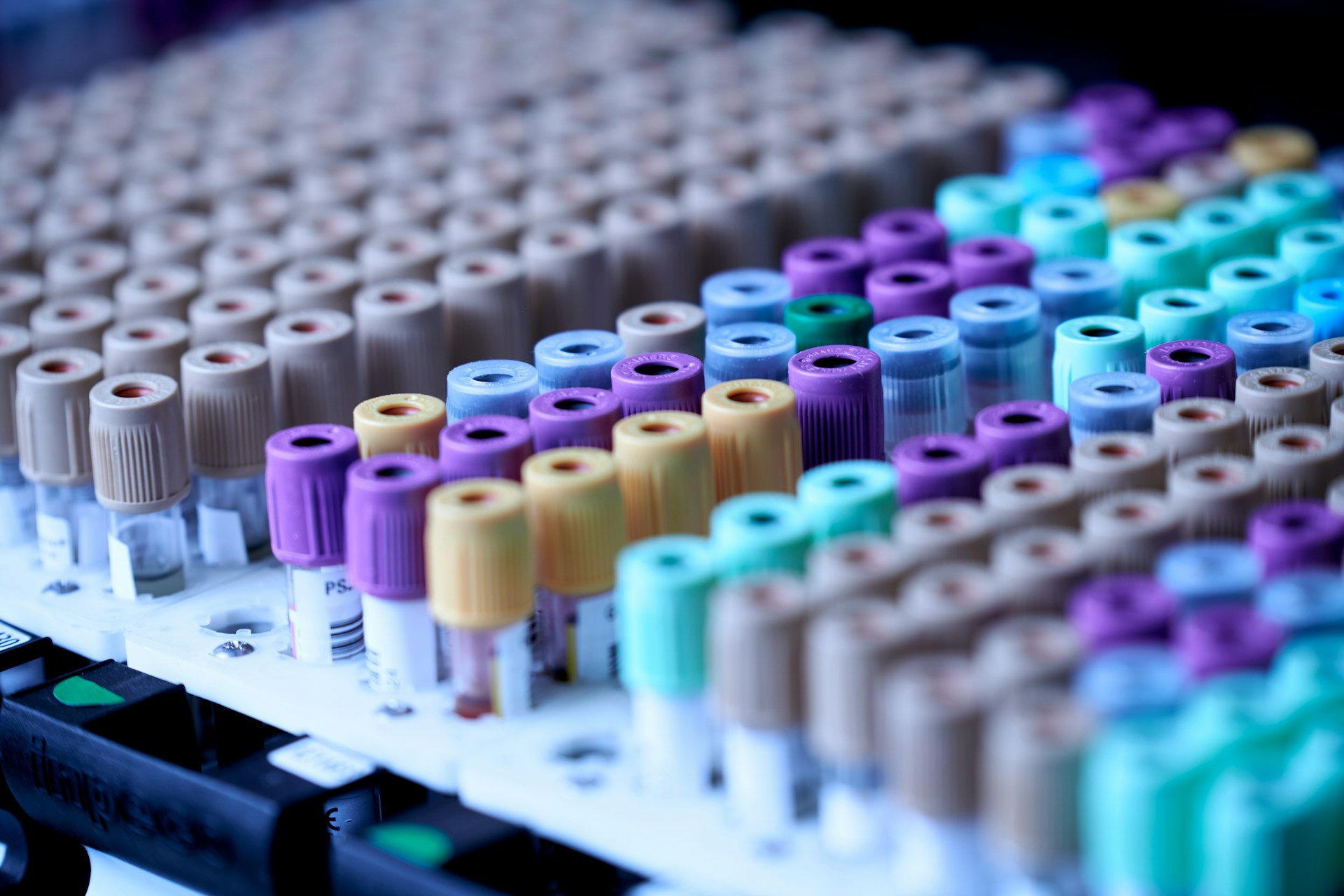A research team at the University of Córdoba, led by analytical chemist Carlos Calero-Cañuelo, has introduced a streamlined and environmentally conscious way to detect trace amounts of illicit drugs on surfaces. The approach shortens the entire process to about five minutes while reducing solvent use and lowering the environmental impact of traditional sample-preparation methods. The work comes from FQM 215 Affordable and Sustainable Sample Preparation and reflects a growing interest in greener practices within forensic science and analytical chemistry.
Calero-Cañuelo, C., Lucena, R., & Cárdenas, S. (2025). Quantitative determination of drug residues in surfaces, analyzing cotton-swabs by on/off thermal desorption-plasma based ionization-mass spectrometry. Analytica Chimica Acta, 1376, 344630. https://doi.org/10.1016/j.aca.2025.344630
The method begins with a very simple idea. Instead of complex extraction tools or heavy solvent volumes, the researchers turned to an everyday cotton fabric swab. Cotton’s cellulose structure makes it naturally absorbent, so only a few drops of methanol are needed to moisten the swab before it is drawn across a surface. Tests were performed on several everyday materials, and even differently coloured cottons were evaluated to ensure the dyes did not interfere with analytical results. According to the team, this sampling step can be completed in less than a minute.
Carlos Calero-Cañuelo from University of Córdoba stated,
“The use of mass spectrometry allows us to achieve very high levels of sensitivity and selectivity”.
After sampling, the swab is inserted into a thermal-desorption interface where the collected compounds are released by gentle heating. These vapours are immediately ionized using a low-temperature plasma source which imparts a positive charge to the molecules. Once ionized, the compounds are directed into a mass spectrometer for identification and quantification. This combination of thermal desorption and plasma ionization is not new on its own, but applying it directly to a simple cotton swab without any intermediate extraction steps is what allows the process to be completed so quickly.
Calero-Cañuelo notes that the sensitivity achieved with mass spectrometry is high enough to detect residues far below what can be seen by eye. In the team’s tests, the system was able to identify four nanograms of material on a surface measuring one hundred square centimeters. Substances such as cocaine, codeine and methadone were used during validation, and the method produced consistent signals across repeated trials. The researchers emphasize that while the technique still requires a mass spectrometer, the simplified preparation opens the door to faster triage work in forensic labs and field-adjacent settings.
The environmental advantages are also notable. Traditional drug residue analysis often relies on milliliters of organic solvents for extraction and cleanup, while this method uses only a few drops. Reducing solvent consumption by more than ninety percent aligns with current efforts in the analytical-science community to make routine testing less waste intensive. The compact workflow also reduces handling time which lowers the likelihood of sample loss and contamination.
Though not intended as a replacement for full forensic laboratory analysis, the team envisions the technique serving as a quick assessment tool for surface contamination in workplaces, public facilities and investigative contexts. Because the sampling component is based on common materials and minimal steps, there is potential for future adaptation to portable or semi-portable mass-spectrometry devices that are beginning to enter the forensic field.
The work highlights how modest adjustments in sampling and preparation can reshape established laboratory routines. By combining accessible materials with established analytical tools, the researchers at the University of Córdoba demonstrate that efficiency and sustainability can be built into even small corners of forensic analysis without compromising accuracy or reliability.

Adrian graduated with a Masters Degree (1st Class Honours) in Chemical Engineering from Chester University along with Harris. His master’s research aimed to develop a standardadised clean water oxygenation transfer procedure to test bubble diffusers that are currently used in the wastewater industry commercial market. He has also undergone placments in both US and China primarely focused within the R&D department and is an associate member of the Institute of Chemical Engineers (IChemE).



